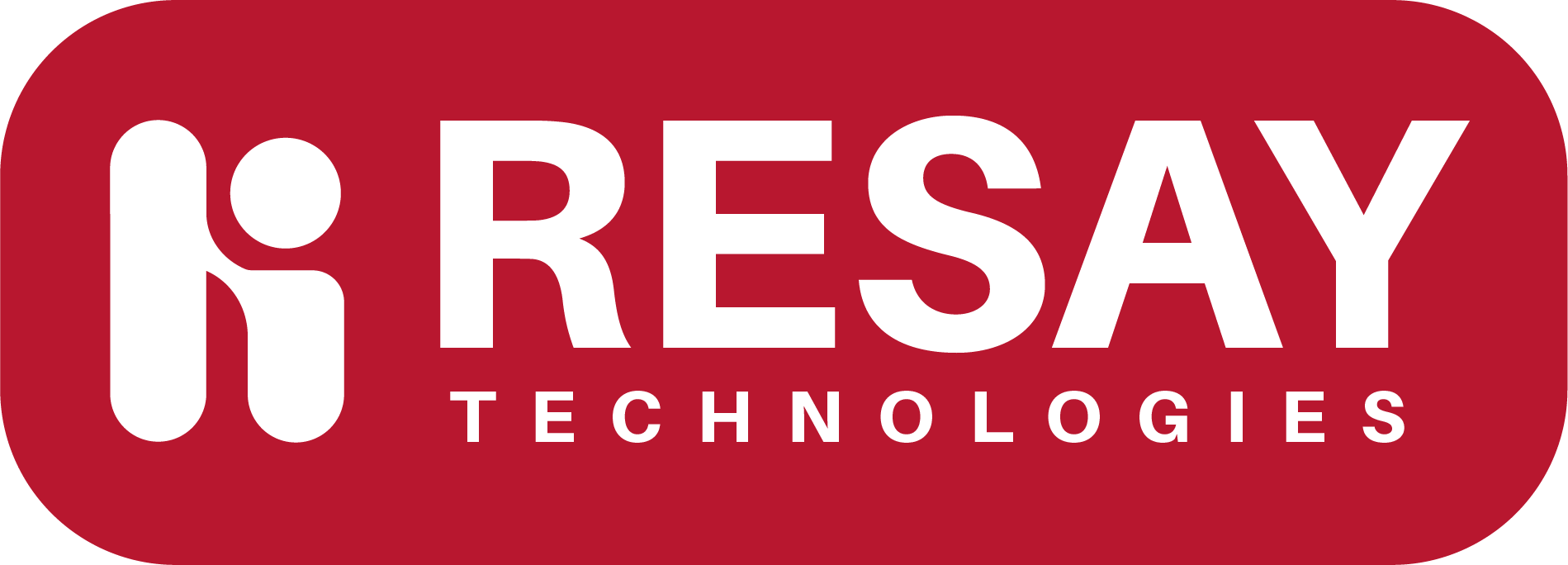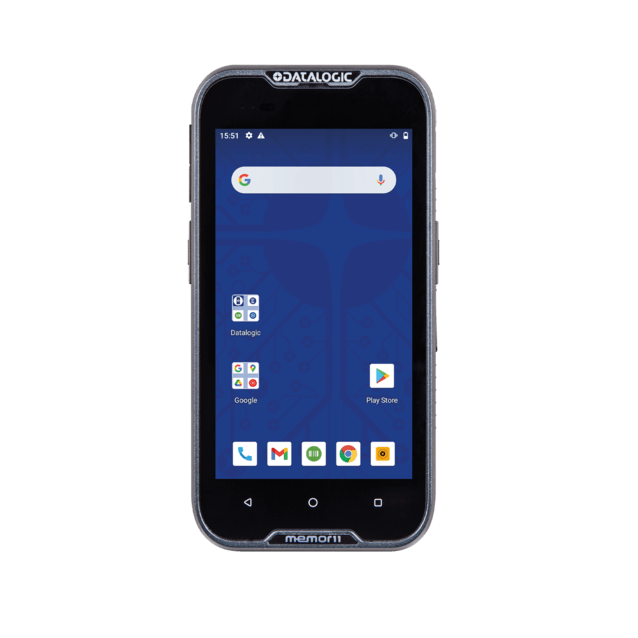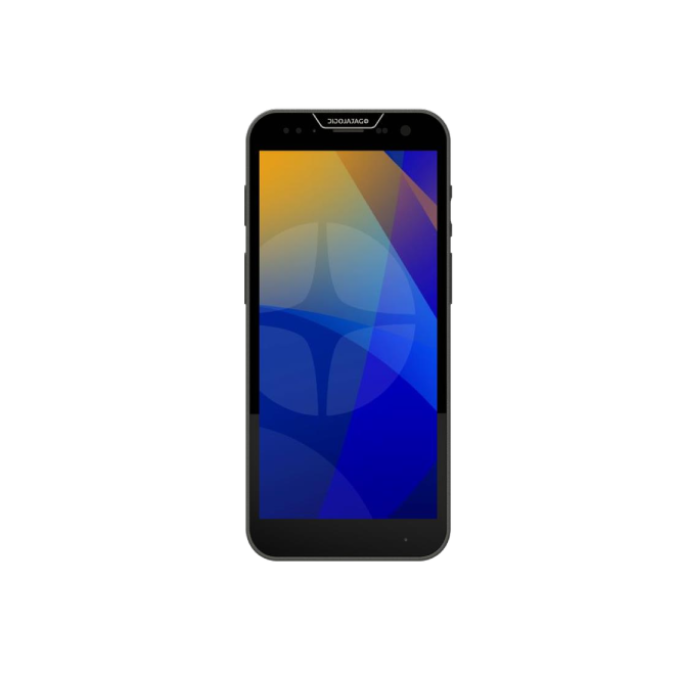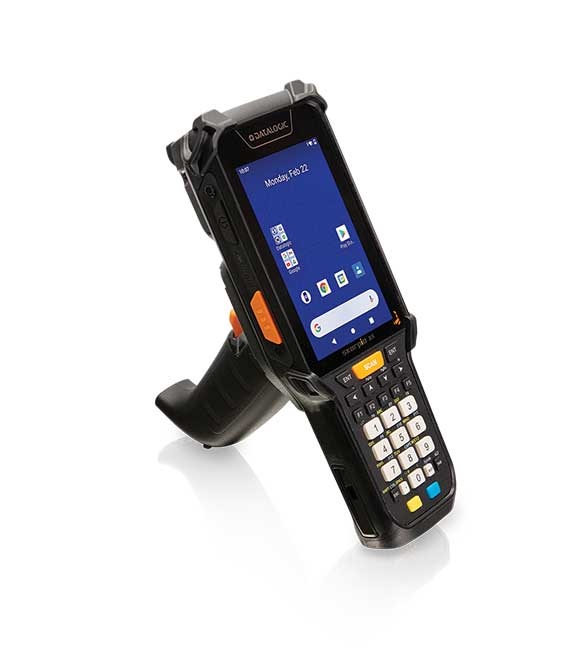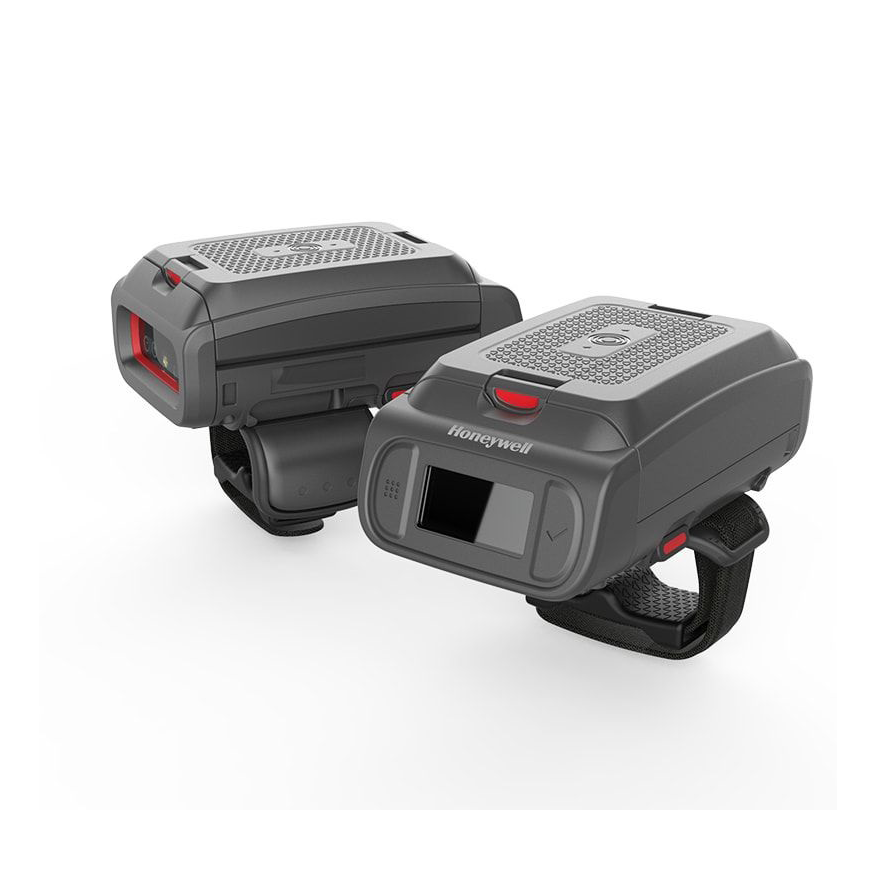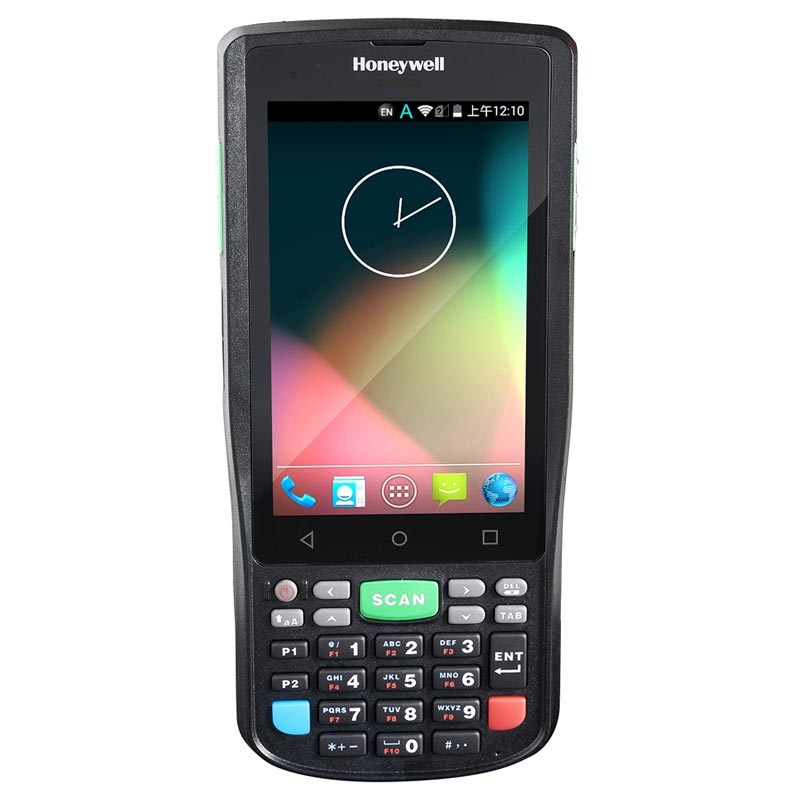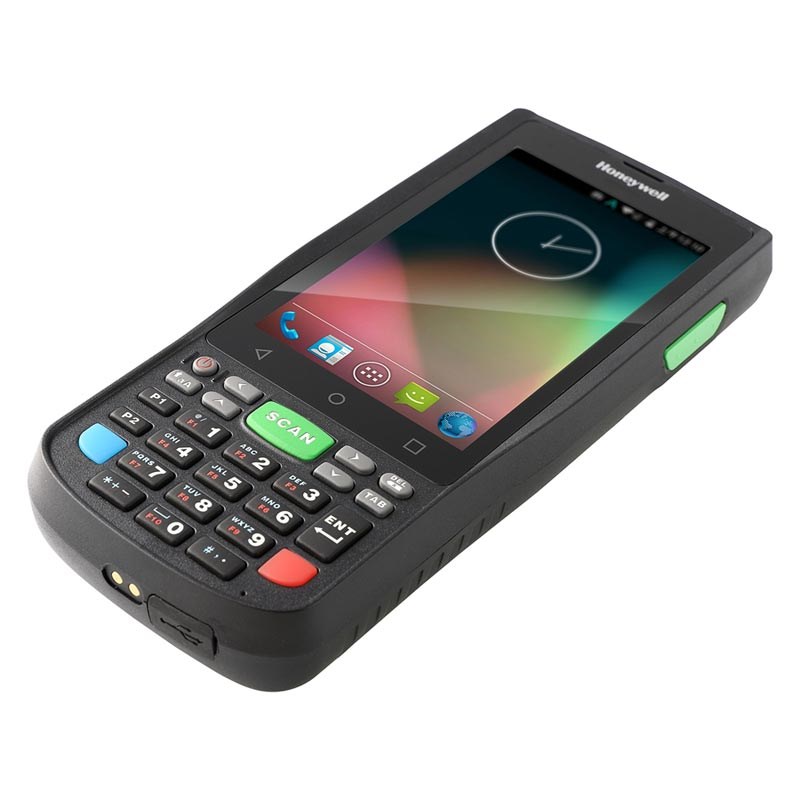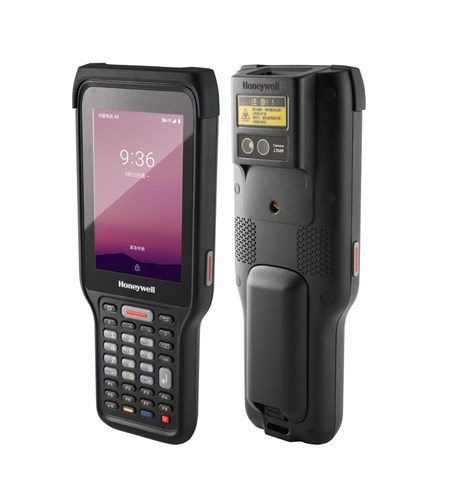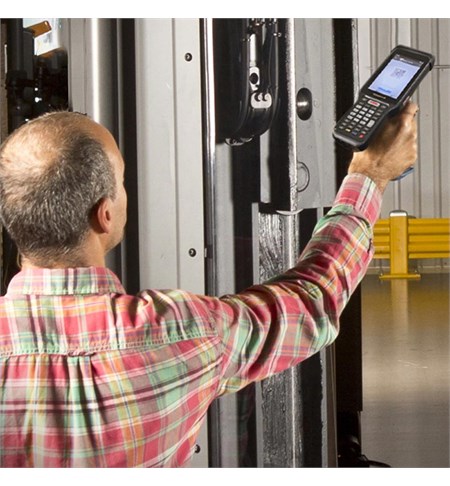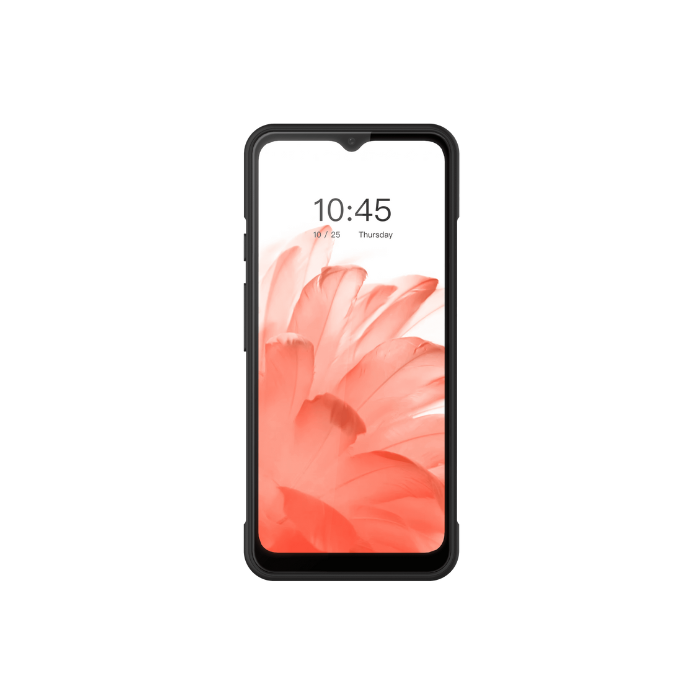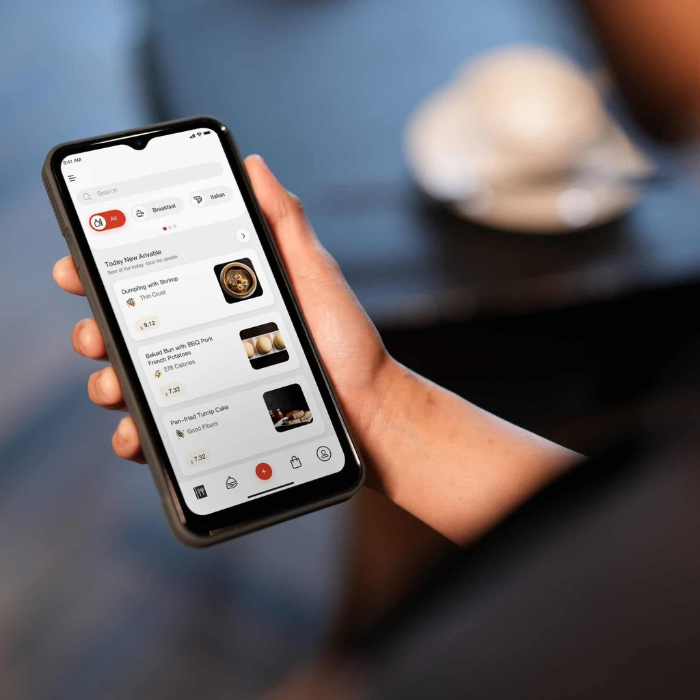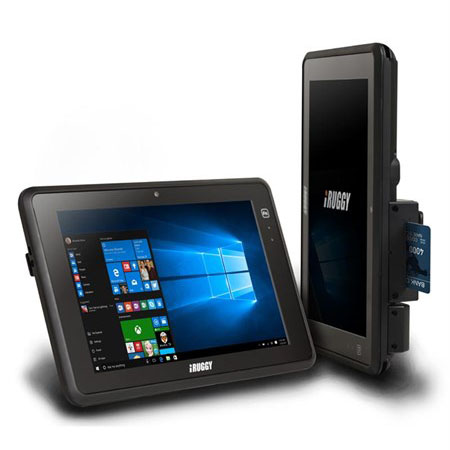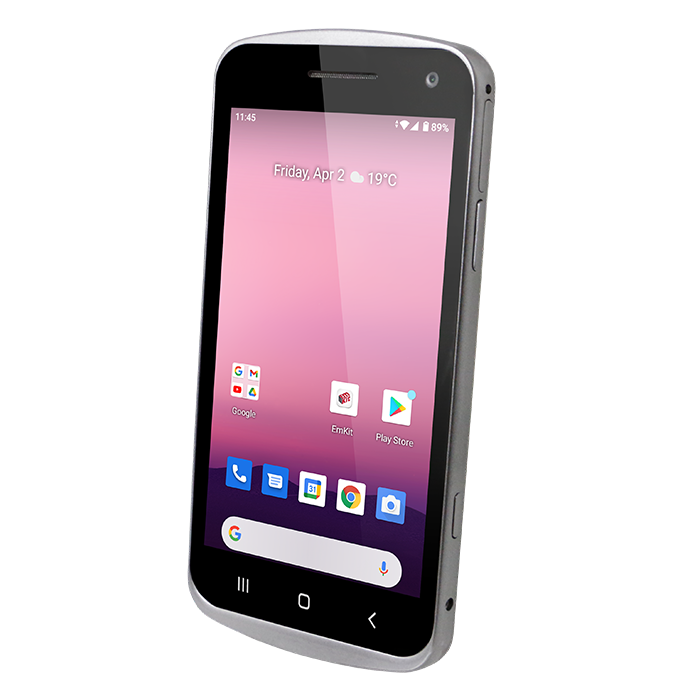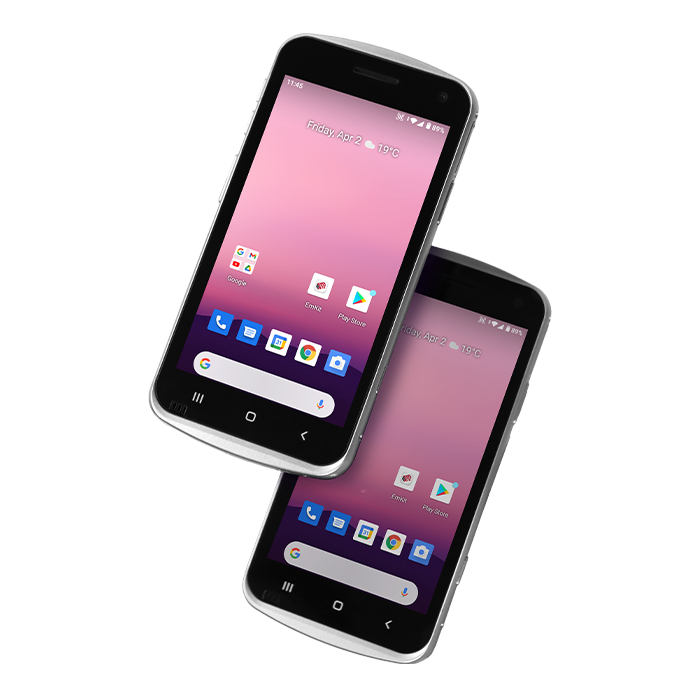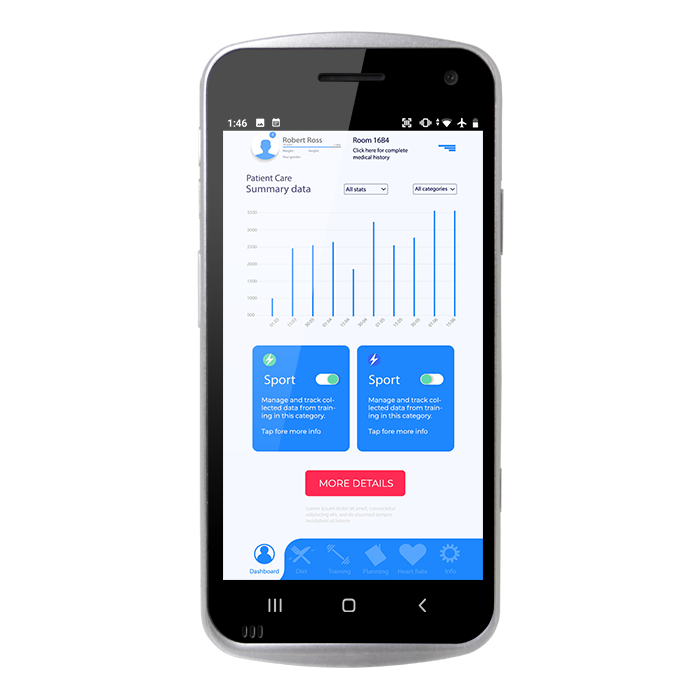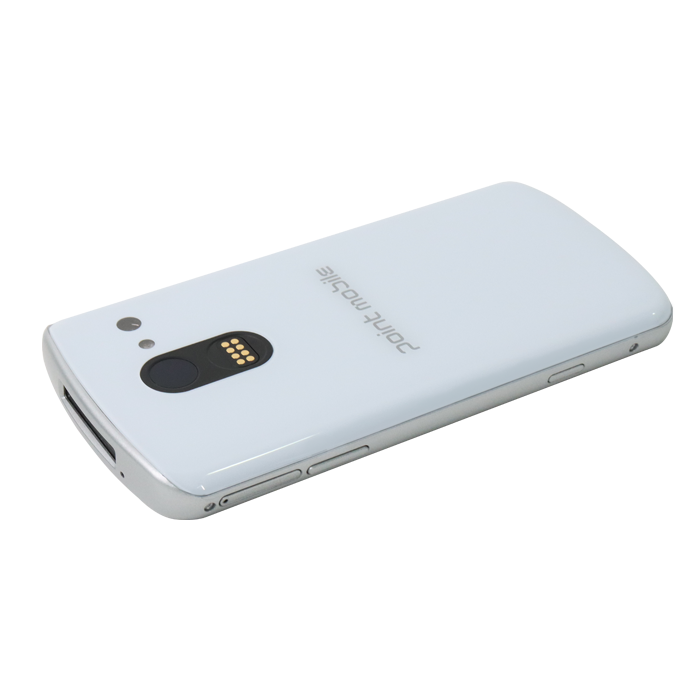Mobile devices refer to portable electronic gadgets that are designed for on-the-go use and are characterized by their compact size and mobility. These devices are equipped with various features and functionalities that make them versatile tools for communication, information access, entertainment, and productivity. Mobile devices come in different forms, including smartphones, tablets, e-readers, and wearables. Here are key aspects associated with mobile devices:
- Smartphones:
- Smartphones are handheld mobile devices that combine the functionality of a mobile phone with features such as internet browsing, multimedia capabilities, and the ability to run third-party applications (apps). They typically have touchscreens for user interaction and support various communication methods, including voice calls, text messaging, and video calls.
- Tablets:
- Tablets are larger, slate-like devices with touchscreens that offer a more extensive display than smartphones. They provide a platform for browsing the internet, running apps, and consuming multimedia content. Tablets may come in various sizes and are often used for tasks such as reading e-books, watching videos, and productivity applications.
- Laptops and 2-in-1 Devices:
- While not always categorized as traditional mobile devices, laptops and 2-in-1 devices (hybrids that can function as both laptops and tablets) are portable computing devices designed for mobility. They offer a full keyboard and typically run desktop operating systems, providing users with more extensive computing capabilities.
- E-Readers:
- E-readers, or electronic book readers, are specialized devices designed primarily for reading digital books (e-books). They often feature E-ink displays that mimic the appearance of paper and provide an extended battery life, making them well-suited for prolonged reading sessions.
- Wearables:
- Wearable devices include smartwatches, fitness trackers, and other accessories that users can wear on their bodies. These devices often connect to smartphones and provide features such as fitness monitoring, health tracking, and notifications. Smartwatches, in particular, offer touchscreen interfaces and app support.
- Gaming Devices:
- Gaming devices such as handheld gaming consoles and gaming smartphones cater to users interested in mobile gaming. These devices often feature advanced graphics capabilities and controls optimized for gaming experiences.
- Internet of Things (IoT) Devices:
- Mobile devices are integral to the IoT ecosystem, connecting users to smart home devices, wearables, and other interconnected gadgets. This enables users to control and monitor various aspects of their environment remotely.
- Operating Systems:
- Mobile devices run on various operating systems, including iOS (Apple), Android (Google), and others. These operating systems provide the foundation for the device’s user interface, app ecosystem, and overall functionality.
- Connectivity:
- Mobile devices support various connectivity options, including cellular networks (3G, 4G, 5G), Wi-Fi, Bluetooth, and Near Field Communication (NFC). This connectivity allows users to access the internet, share data, and connect with other devices.
- Productivity and Multimedia:
- Mobile devices serve as tools for productivity with the availability of office productivity apps, cloud storage, and collaboration tools. They also function as multimedia hubs for entertainment, including video streaming, music playback, and gaming.
